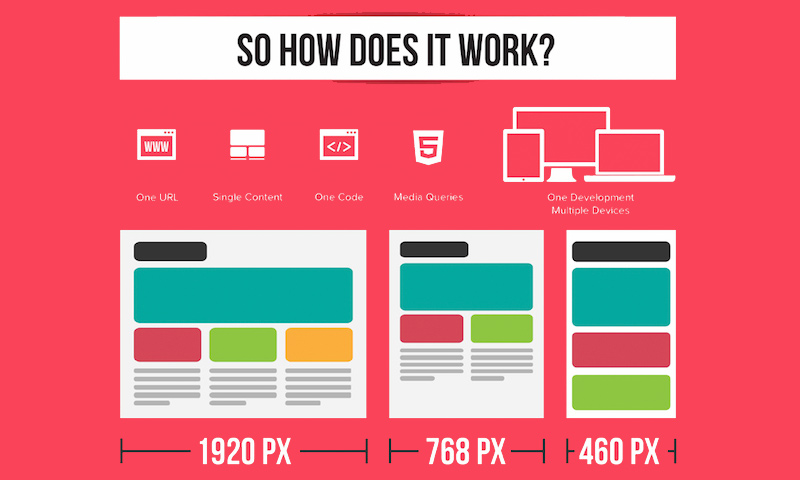Intrigued In Discovering Just How Web Site Design Has Progressed? Take A Journey Via The Improvement
Intrigued In Discovering Just How Web Site Design Has Progressed? Take A Journey Via The Improvement
Blog Article
Web Content Produce By-Johnsen Clarke
In the past, sites were easy and focused on details. Navigating was direct, and layout was for desktop computers. Currently, individual experience is crucial. https://medium.com/@visualmodo/tech-innovations-that-could-shape-marketing-in-2022-and-beyond-7183bc5695c?source=topics_v2---------46-84--------------------37405449_6a98_454e_8774_36fdbcde7f67-------19 overviews styles for very easy navigating. Receptive designs suit different tools. Today, dark mode reduces pressure, and minimal food selections boost navigation. Interactive attributes involve users, and strong visuals attract attention. AI combination boosts involvement. See how style has evolved to boost your on-line journey.
Early Days of Web Design
In the very early days of website design, simpleness reigned supreme. Sites were basic, with minimal shades, fonts, and layouts. The focus got on offering details rather than showy visuals. Customers accessed the net through sluggish dial-up links, so speed and performance were crucial.
Navigation food selections were straightforward, normally located on top or side of the web page. Web sites were designed for computer, as mobile browsing wasn't yet prevalent. Content was king, and developers prioritized simple readability over complicated layout elements.
HTML was the key coding language used, and developers needed to function within its restraints. Animations and interactive features were marginal contrasted to today's requirements. Internet sites were static, with little vibrant material or individualized customer experiences.
Increase of User-Focused Style
With the evolution of web site layout, a shift in the direction of user-focused layout principles has become significantly noticeable. Today, producing internet sites that prioritize individual experience is vital for involving visitors and attaining organization goals. User-focused design includes comprehending the requirements, preferences, and actions of your target audience to customize the website's format, web content, and includes accordingly.
Designers now carry out detailed study, such as individual surveys and usability testing, to gather insights and comments directly from individuals. This data-driven method helps in creating intuitive navigation, clear calls-to-action, and visually attractive interfaces that resonate with site visitors. By placing the customer at the facility of the style process, sites can deliver a much more personalized and delightful experience.
Responsive style has actually additionally become a key element of user-focused layout, making certain that sites are optimized for different devices and screen sizes. This adaptability enhances ease of access and functionality, catering to the varied ways users connect with internet sites today. Fundamentally, the increase of user-focused layout indicates a shift in the direction of producing electronic experiences that prioritize the requirements and assumptions of completion individual.
Modern Trends in Website Design
Check out the current trends forming web design today. One prominent pattern is dark setting design, providing a sleek and modern-day appearance while lowering eye pressure in low-light atmospheres. An additional essential fad is minimalist navigating, simplifying menus and improving user experience by focusing on essential elements. Integrating micro-interactions, such as computer animated switches or scrolling results, can develop a more engaging and interactive web site. Responsive layout remains important, making certain seamless user experiences across various devices. In addition, using vibrant typography and unbalanced layouts can add visual interest and accentuate specific web content.
Incorporating AI modern technology, like chatbots for customer support or individualized recommendations, enhances individual engagement and simplifies procedures. https://www.jdsupra.com/legalnews/how-to-build-an-online-law-firm-4896637/ has additionally end up being a significant fad, with developers prioritizing inclusive style practices to cater to diverse user demands. Accepting sustainability by maximizing website efficiency for rate and efficiency is another emerging trend in web design. Working together with user feedback and data analytics to iterate and enhance layout constantly is crucial for staying pertinent in the ever-evolving digital landscape. By accepting these contemporary fads, you can produce a visually attractive, user-friendly internet site that resonates with your target market.
Conclusion
As you assess the evolution of web site style from the early days to now, you can see exactly how user-focused layout has become the driving pressure behind modern-day trends.
Embrace the trip of change and adjustment in website design, always maintaining the customer experience at the center.
Remain current with the current patterns and technologies, and never ever quit developing your technique to produce aesthetically stunning and easy to use sites.
Evolve, adjust, and create - the future of web design is in your hands.
